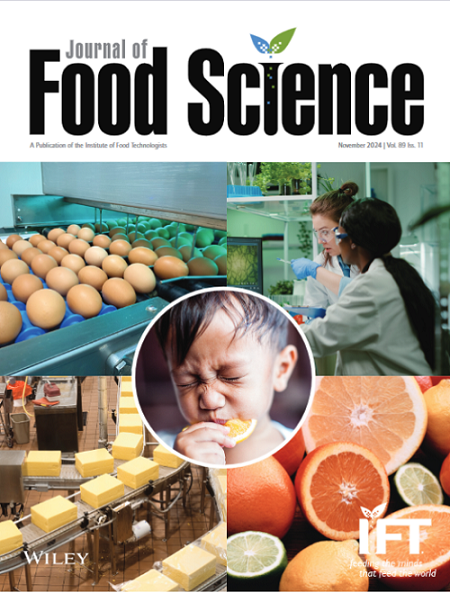Firmness Loss in Blueberry (Vaccinium corymbosum) Is Associated With Increased PG Activity, Upregulation of Softening-Related Genes, and Pectin Metabolism
Abstract
ABSTRACT
Fruit firmness serves as a critical quality parameter in blueberries (Vaccinium corymbosum). However, the interplay between fruit firmness and pectin dynamics during fruit development remains inadequately characterized. This study aims to compare the relationship between pectin composition and firmness variations during the developmental stages of three southern highbush blueberry cultivars: “Legacy”, “Emerald”, and “Jewel”. Throughout fruit development, firmness in all three cultivars declined progressively from stage S3 onward. Notably, “Legacy” and “Emerald” exhibited a transient increase in firmness from stage S3 to S4, achieving peak values of 20.2976 N and 20.6128 N, respectively, followed by a sharp decline from stage S4 to S5. Micromorphology analysis revealed that firm-fruited blueberries are characterized by cells with high inclusion content and well-preserved cellular structures, whereas softer fruits displayed pronounced cell wall deformation. Concurrently, the reduction in firmness was associated with an increase in soluble pectin content and elevated pectinase activity, with polygalacturonase (PG, EC3.2.1.15) activity peaking during the S4–S5 and S8 stages. Transcriptomic profiling identified 20 differentially expressed genes linked to pectin metabolism, among which VcPG3 and VcPG6 exhibited a strong correlation with firmness changes, as confirmed by qRT-PCR validation. Metabolomic analysis further identified N-acetylglucosamine (GlcNAc) as a key metabolite contributing to firmness variation across cultivars. In conclusion, the integrated physio-biochemical and multi-omics analyses of these blueberry cultivars not only elucidate the molecular and metabolic basis of firmness differences but also provide a foundation for deciphering the regulatory mechanisms governing pectin-like substance synthesis in blueberries.

 求助内容:
求助内容: 应助结果提醒方式:
应助结果提醒方式:


